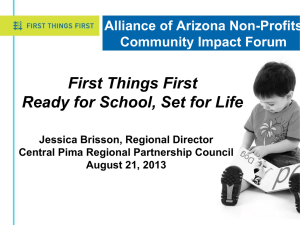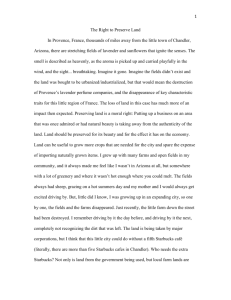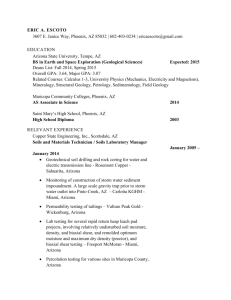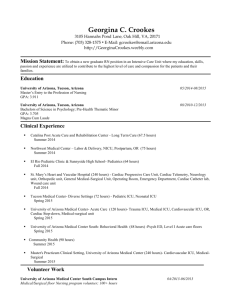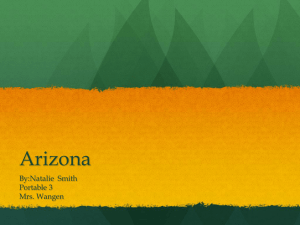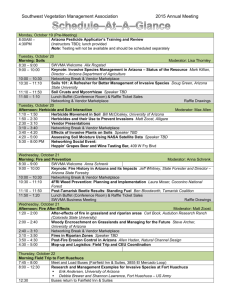DROPPED? - Morrison Institute for Public Policy
advertisement
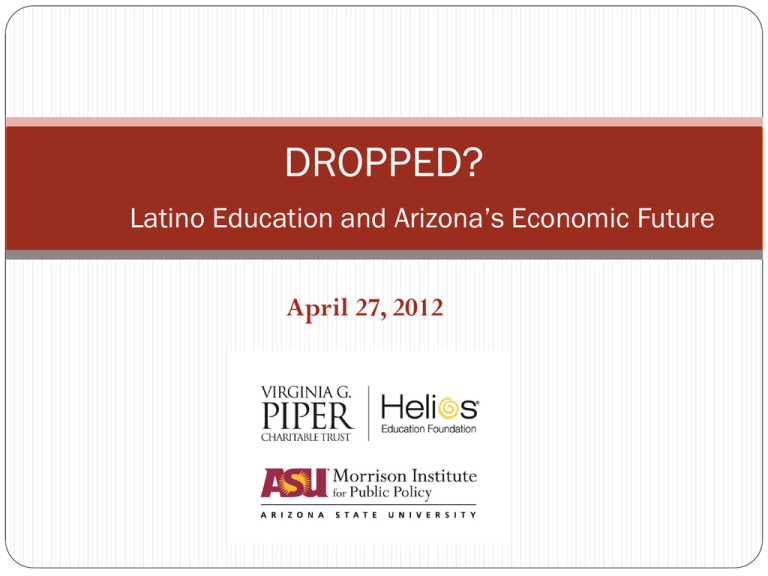
DROPPED? Latino Education and Arizona’s Economic Future April 27, 2012 This report is … …about a potential threat to the economic well-being of all Arizonans Not about ethnicity Not about ideology only partially about education Just a Few Years Ago In 2001, Five ShoesWaiting to Drop on Arizona’s Future warned of trends that could “make or break Arizona’s success in the future.” Attracting/keeping a skilled workforce Competing in the global economy Leadership in public and private sectors Leaky tax code Low educational attainment among Latinos Five Shoes: “Place the educational interests of Latino young people at the top of the state’s agenda.” I. Demographics More Demographics Percent of Arizona Latinos 19 or younger: 41% of Whites: 21% Median age of Arizona Latinos: 25 years old of Whites: 44 years old Arizona could reach “majority-minority” by 2030 Percentage of Arizona Latinos under 5 who are U.S. citizens: 97% The education gap persists… …contributing to a ‘diploma gap’… …reflected in an ‘attainment gap…’ II. Economics By 2018, 61% of all Arizona jobs will require some training beyond high school. -- Center on Education and the Workforce Georgetown University Arizona Unemployment, 2010 Less than high school……….18.2% High school diploma/equivalent….13.6% Some college/associate’s degree…..9.6% BA degree or higher……4.7% An undereducated workforce could mean… …contributing to… …promoting… …and requiring… A troubling look ahead Stagnating average incomes could mean: Diminished purchasing power Sluggish consumer demand Flat per-capita tax revenues …AND… More poverty More unemployment More Arizonans without health insurance Greater demand for government services Fixing education = fixing the economy If Arizona cut in half its number of 2010 Latino dropouts, those graduates would earn an additional $31 million annually, allowing them to spend an additional $23 million each year. --the Alliance for Education Washington, D.C. What do Arizonans think? In a recent statewide poll: Only 41% believe Hispanic students don’t do as well as Whites Once informed, however, 49% are “very concerned” about the White-Hispanic education gap Merrill/Morrison Institute Poll of 500 adults, April 2012, margin of error +/- 4.4 points What to Do? Guiding Principles: Going long-term— beyond election cycles Taking responsibility—public and private, officials and parents Paying up—no ROI without I Considering context—poverty and language DROPPED? Latino Education and Arizona’s Economic Future MorrisonInstitute.asu.edu


